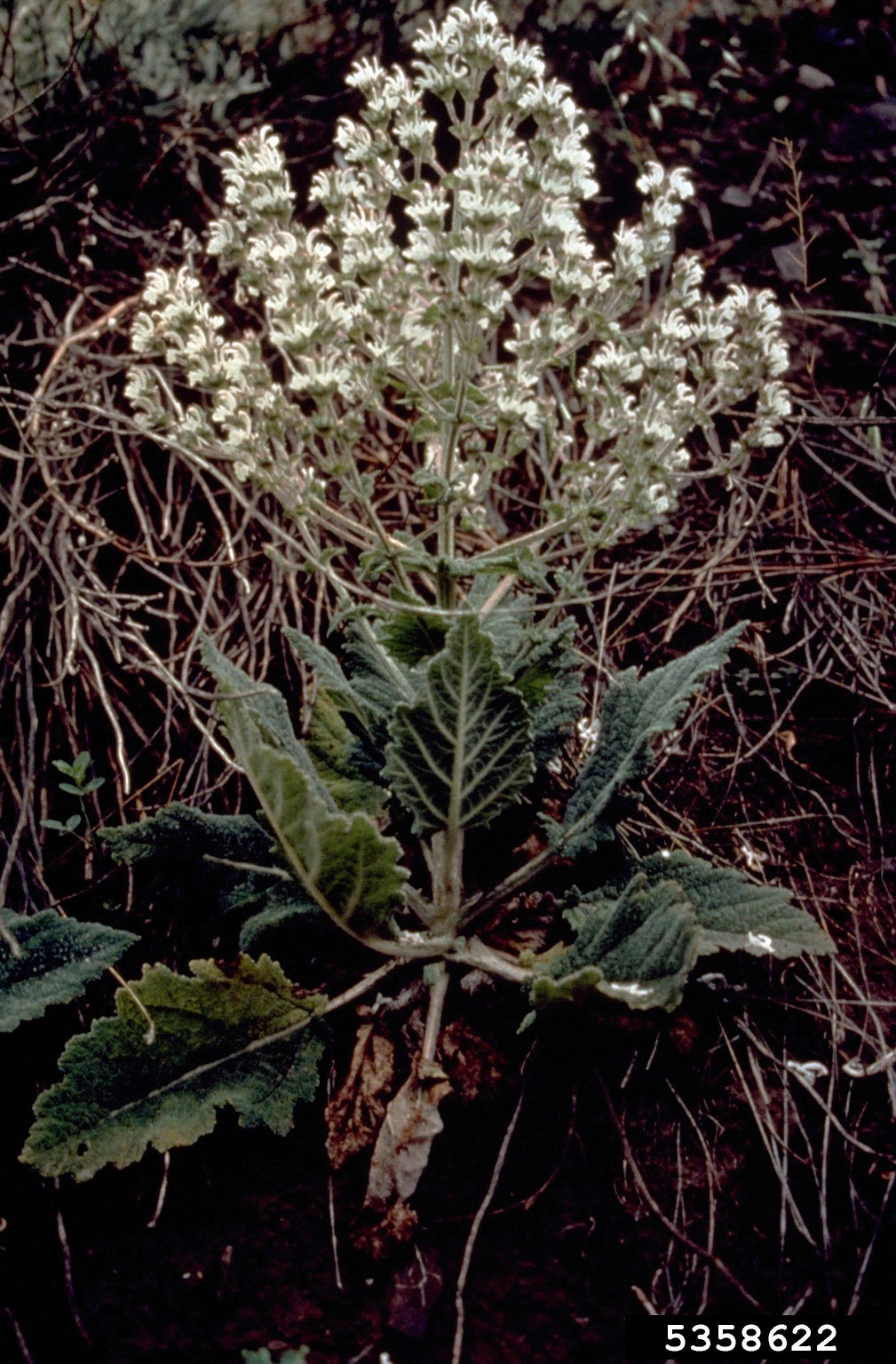squarrose cwma

Improving Utah
One landscape at a time
Squarrose Cooperative Weed Management Area
Who is the Squarrose CWMA and what exactly is a CWMA?
GOALS AND OBJECTIVES
- Healthy landscapes
- Partnerships
- Weed management
- Integrated control
- Education and Outreach
- Monitoring
The Squarrose Cooperative Weed Management Area or SCWMA, was organized in 1996 to address the growing concern of the Squarrose Knapweed noxious weed.
Squarrose Knapweed was introduced from the eastern Mediterranean region and had infested over 150,000 acres in central Utah. This highlighted the need for cooperative work across boundaries as various agencies all were being affected by this noxious weed. This became the ground movement for a Cooperative Weed Management Area.
The SCWMA is comprised of multiple agencies and partners all striving to implement the best weed management practices available with today’s technology.
With the invasion and rapid spread of noxious and invasive weeds in United States, it’s more important than ever to have trained and dedicated professionals and an informed public interested in and capable of controlling this serious threat to our society and environment.
It all makes sense
Why we do what we do
Everyone and everything in an affected area can be impacted. The presence of noxious weeds alone, can and will cause, a decrease in property values if not treated. They can outcompete native plants and reduce biodiversity, leading to a decline in the health of the ecosystem. This can result in changes in soil chemistry and hydrology, which can further impact native plants and animals.
In addition, noxious weeds can also impede recreational activities, such as hiking and hunting, and can affect the aesthetic appeal of natural areas. They can also:
- increase fire hazards
- decrease the effectiveness of conservation efforts
- reduce forage availability for grazing animals
- (In some cases) noxious weeds can even pose a health risk to humans, animals, and livestock due to parts of the plant being poisonous.
What would happen if we didn't
Noxious weeds have a tendency to spread quickly and aggressively, outcompeting native vegetation and causing significant ecological damage. Therefore, prompt and effective management is crucial in preventing the spread of noxious weeds.
Testing on transect data has shown that by leaving infestations untreated they can double and even triple in size in one year. However by treating them you can get as high as 99% effective treatment results in that same timeframe.
In summary, noxious weeds can negatively impact the environment by really altering land, water, and air quality.

















